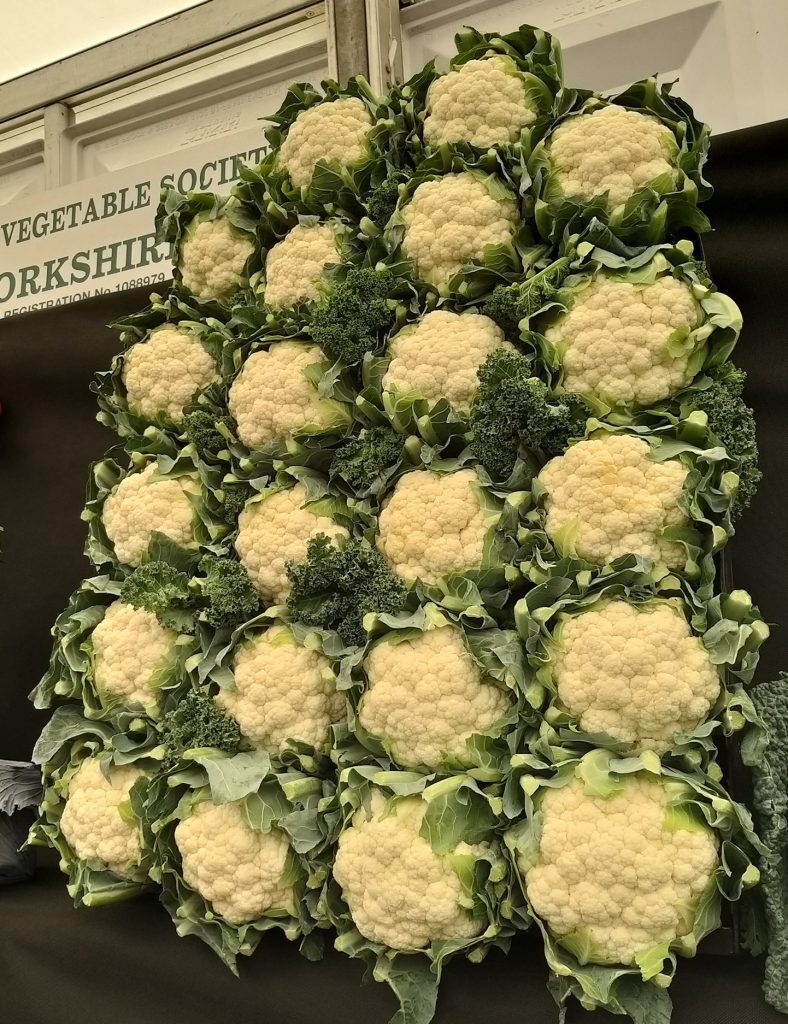By Gordon the Gardener
I can resist everything except temptation.
So said Oscar Wilde with his sharp wit. But I would have advised him caution if he was tempted to rush out to the garden centre and buy tender bedding plants and set them out in his Dublin garden.
It’s only early May and if plants are bought now they should at least be given some protection of a greenhouse or a cold frame. Hold fire until the Spring Bank holidays before planting out in open ground.
And even then a weather eye should be kept open. There can sometimes be a threat of frost even in the month of May. Nothing is gained by planting too early, and your plants won’t thank you for planting them into the cold ground.
Another three weeks and we’ll be at the end of May when it will be safe for plant life to be put out in the open – even then keep a length of fleece material over the plants just to make sure.
One benefit of the cool spring we are having, is that we have had the longest daffodil flowering season since 2011 – two months and some are still flowering now.
Some years, when we have had an early heatwave, they’ve been over in two weeks. Tulips, the wonder of spring, are now in bloom.
In 2011 I recall tulips still in flower in early June. Will there be a repeat in 2023, I wonder? Anyway, do get out and see them in parks and gardens and view their beauty whilst they are with us.

Daffodils in Holmfirth by SEAN DOYLE
While we’re on the subject of frost, it can’t be over emphasised that we should only plant out when all risk of frosts has gone.
Ready to start planting? Make sure all outdoor summer bedding flowers and some vegetables are hardened off ready to plant in their final positions in the garden.
Tubs/planters/beds should be well prepared ready for planting with a light sprinkling of fertiliser.
Succession sowing of vegetables and salad crops should continue particularly lettuce and cut crops ie Rocket.
Kalanchoe is a showy plant which is very drought resistant and makes it an excellent subject for window boxes. They can be had very cheaply in supermarkets.
Keep crops in the greenhouse well watered and also fed with proprietary liquid fertilisers – alternate the feed ie tomato feed with liquid seaweed to create a good balance of nutrients. Keep the greenhouse temperature controlled as much as possible and avoid very high temperatures – ventilation is the key.
I will be planting out my sweet peas, which have been hardened off in a cold frame by opening the cold frame up during fine days and closing them at night.
When there is less risk of frost as days get longer the frame lights can be opened a little. But close them fully if there is danger of a frosty night.
If you have grown them on your kitchen window sill or conservatory and no cold frame is available, then simply place the plants outside on warm days and bring them in at night, and that will ‘harden’ them off.
Sweet Peas like rich soil incorporating a general fertiliser, along with manure which, if you haven’t a friendly farmer nearby, can be bought from a nursery in handy bags.

If you planted potatoes these will be sticking their heads up. Earthing them up will protect them from late frosts. Some of mine came up when I wasn’t looking and got their heads blackened. They will come again so I simply earthed them up. They will be back.
It is a time when evergreens can be pruned. And the rule of thumb when to prune a shrub is after flowering.
It’s bird nesting time, although they have been wisely holding back. But before you clip that hedge or shrub please check there isn’t a bird in there.
Roses are making a comeback and are becoming popular once again. I have seen some good ones in the nurseries in pots at very reasonable prices.
Roses will give a great show but, as always, the answer lies in soil preparation. Incorporate well-rotted manure before planting.
Soil PH should be ideally slightly acid at 6.5 but roses tolerate most conditions. When planting dig a generous planting hole and give an application of bonemeal to give them a bit of long-term nutrient.
When planting look for the soil line on the stem of the rose which is where to plant it to. Don’t plant too deep and firm in well.
In June a rose fertiliser can be given and you will have splendid roses full of vigour which will give months of lasting pleasure.
Cauliflowers and all brassicas can be planted now. They can be sown from seed leaving a few weeks in between sowings to ensure a continuous supply.

There is a development in weedkilling which could make chemical sprays redundant. Rootwave Pro is a new and effective way of controlling invasive weeds.
It uses electricity to quickly treat the weed, boiling it from the root upwards. There are no chemical residues so only the invasive species are killed. The weeds wither and die within 24 hours.
If electrocution isn’t an option, there’s always the trusty hoe. It’s one of the cheapest methods of weed control and doesn’t need chemicals. Its use also keeps your soil in good condition.
Electrocution could be just what councils up and down the country have been waiting for. Councils every year use vast amounts of chemicals, which is not good for the environment and biodiversity.
Be prepared to watch out for pests including the vine weevil which can wreak havoc on potted and bedded plants. The little white grubs eat away the roots.
Springtime is to be enjoyed for all its natural wonder. There are only a few short weeks before we enter summer, and in this cool spring it will seem even shorter.
So, take a walk in the countryside early in the morning. The dawn chorus is such a precious gift to all of us.
Finally for the Coronation I have planted some delphiniums. They are King Charles’ favourite plants. God save the King!
READ MORE: Look back at Gordon’s monthly gardening blogs HERE
















